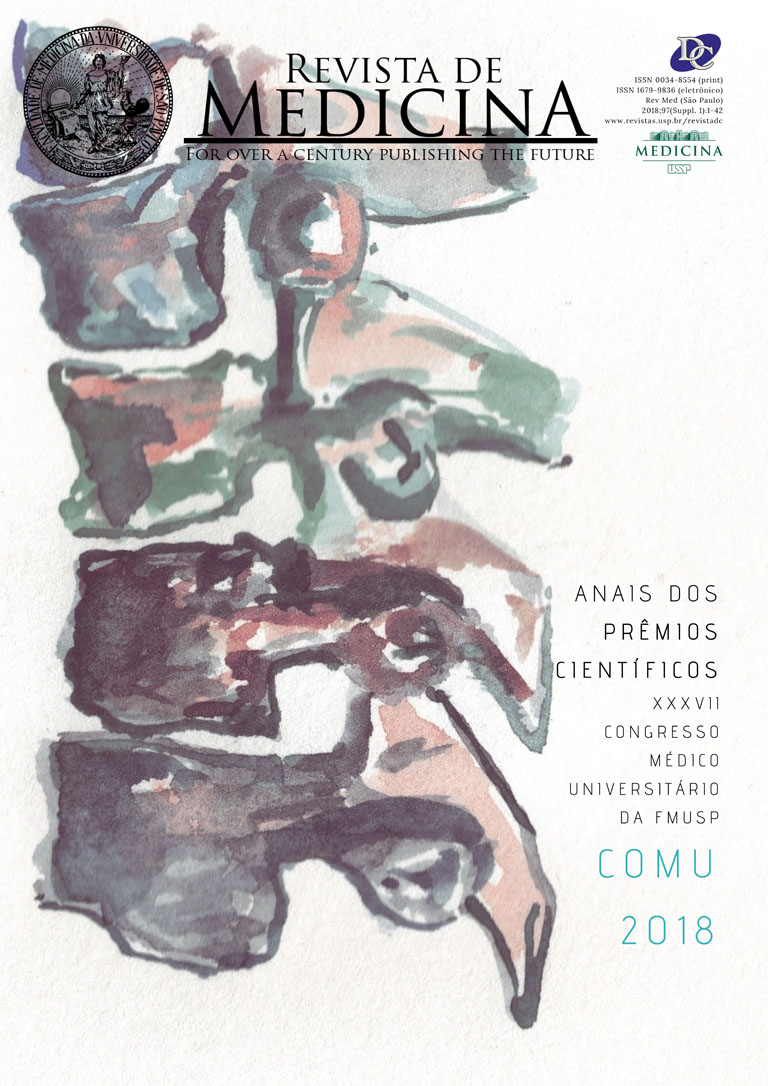Melatonin action on luteal - granulosa cells in women with marital infertility undergoing in vitro fertilization
DOI:
https://doi.org/10.11606/issn.1679-9836.v97iSuppl.1p25-26Palavras-chave:
Fertilização In Vitro, Células da Granulosa, Mulheres, Melatonina, FertilidadeResumo
Introduction of the subject: Melatonin is a hormone related to the light-dark cycle and it plays an influential role in the reproductive system. In humans, researchers have shown there is three times more melatonin in follicular fluid than in the blood flow, suggesting the influence of the hormone on follicular maturation. However, little is known about melatonin action on granulosa cells in women with infertility, especially the molecular mechanisms involved. We are, therefore, conducting this study to evaluate melatonin action pathways in granulosa cells in the ovaries of women with infertility. To achieve our aim, we will use molecular biology, involving diverse signaling pathways, such as angiogenesis. Objective(s): to analyze melatonin action on luteal - granulosa cells in women with marital infertility undergoing in vitro fertilization. Methodology: For this, 68 patients, aged between 20 and 35 years, attended at the Human Reproduction Sector of the Federal University of São Paulo, were submitted to in vitro fertilization treatment. After all preparatory procedures were performed, luteal granulosa cells were removed and routed to the cell culture. The cells were divided into four groups: a) control; b) 0.1 μM melatonin; c) 1 μM melatonin; d) melatonin at 10μM. After a period of 10 days, the cells were trypsinized for extraction of the total RNA and later analysis of the gene expression by Real Time PCR of the angiogenesis signaling pathway. Results: Our data evaluated 96 genes, which are related to the angiogenesis pathway. The results of transcriptional expression showed important genes involved in this pathway that are hypo or hyperexpressed after treatment with melatonin. The main hyperexpressed genes were: fibroblast growth factor 1 (FGF1) genes; interleukin 1-beta (IL1B); receptor tyrosine kinase (VEGFR-2); folliculogenesis regulating genes (TGFB1). They act in the dynamics of follicular growth. On the other hand, the genes inducing factor 1-alpha (HIF1A), fibroblast growth factor 2 (FGF2), insulin-like growth factor 1 (IGF-1) and vascular endothelial growth factor (VEGFA) melatonin decreased its expression. Discussion and conclusion of the results: It is concluded that melatonin in high concentration (above 1 μM) may have dual function in increasing the expression of some growth factors and cytokines, in the decrease of other genes and mechanism of physiological compensation and also modulates negative angiogenesis, mainly in the dose (10 uM) of granulosa cells from women submitted to in vitro fertilization. Perhaps this fact is important for adequate follicular growth, avoiding excessive growth, which could turn the follicle into cyst, making ovulation difficult.
Downloads
Downloads
Publicado
Edição
Seção
Licença
Copyright (c) 2018 Revista de Medicina (São Paulo)

Este trabalho está licenciado sob uma licença Creative Commons Attribution-ShareAlike 4.0 International License.




